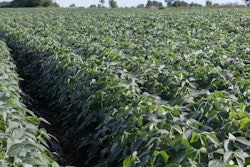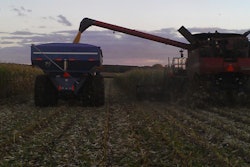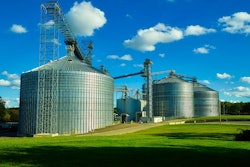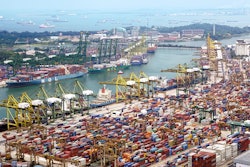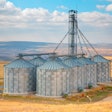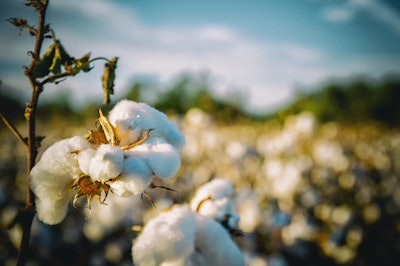
The European Union recently announced tariffs of $3.99 billion on U.S. aircraft, as well as a range of agricultural and industrial goods.
This is the latest move in a long line of moves related to a dispute between the U.S. and the EU over the subsidizing of aircraft production. As is frequently the case, U.S. food and agriculture are being dragged into a dispute that they had nothing to do with.
As the “tip of the spear” in trade disputes, U.S. agricultural producers’ goods are often first on the list in retaliatory tariffs, regardless of the type of goods and services directly related to the dispute.
Background on Boeing Dispute
The disagreement between these two countries boils down to the EU and the U.S. each claiming that the other’s airplane manufacturer is unfairly subsidized. This is not a recent development; the case originally dates to at least 2006, when the U.S. first filed a case with the World Trade Organization. The original case alleged that Airbus received billions in illegal subsidies.
The EU filed a counter case alleging Boeing received billions in trade distorting subsidies for its research and development projects. As happens in these cases, the WTO found both sides at fault over the years. The back and forth continued until October 2019, when the WTO allowed the U.S. to impose tariffs on up to $7.5 billion in EU goods.
This figure constitutes the largest award in the history of the WTO. Now, approximately a year after that ruling, the WTO has ruled in the EU’s favor. In October, the EU won an arbitration award in the case and the WTO Dispute Settlement Body authorized the EU to impose retaliatory tariffs of $4 billion on U.S. goods. The U.S. and the EU have both indicated their willingness to reach a negotiated settlement to the underlying dispute.
EU Takes Aim at U.S. Food and Agricultural Goods
On Monday, the EU released the long anticipated list of U.S. goods targeted for tariffs. The list has two different tiers for tariffs: the first tier is limited to certain types of civilian aircraft at a rate of 15% and the second tier applies to a range of food, agricultural and industrial goods at a rate of 25%.
AsFigure 1shows, food and agricultural goods make up a disproportionate number of the EU’s overall tariff lines. Unfortunately for agricultural producers, the targeting of farm and ranch goods for tariffs has become a somewhat normal occurrence. However, the total number of tariff lines can be quite misleading as many of them are goods the EU doesn’t import from the U.S.
Therefore, it is helpful to get a better understanding of the types of goods targeted for retaliation by the EU. The list is skewed toward processed food and agricultural goods rather than bulk agricultural commodities. When looking at the most recent EU import data, the targeted goods in food and agriculture amounted to nearly $1.4 billion in 2019.
Most Impacted Food and Agricultural Goods
Not all tariff lists are created the same, and they tend to vary in their impact to the many goods that are listed. However, there are several key products that fare worse than most and make up a bulk of the total amount of the goods (by value) that are selected for retaliation.Figure 2shows the preference of the list for more processed food and agricultural goods. The most impacted group comprises alcohol, tobacco and cotton.
欧盟针对美国的白酒和葡萄酒生产商头脑vily, and it shows in this list. The fact that the next largest category is oilseeds, oils and fats shows that this list takes aim at ingredients used in food manufacturing more so than raw agricultural commodities.
Table 1shows the top 10 affected tariff lines. This table largely reflects the pattern displayed in Figure 2 but is more granular and shows the individual products the EU is targeting. The top targeted product in terms of import value is rum, followed closely by flue-cured tobacco. The top 10 products are a mix of processed foods, frozen seafood and various vegetables and nuts.
Summary
The European Union announced on Monday the bloc would impose tariffs of $3.99 billion on U.S. aircraft, as well as a range of agricultural and industrial goods. This is the latest move in a long line of moves related to a dispute between the U.S. and the EU over the subsidizing of aircraft production. The list of tariff codes has two different tiers: the first tier is limited to certain types of civilian aircraft at a rate of 15%, and the second tier applies to a range of food, agricultural and industrial goods at a rate of 25%.
Not all of the lines listed by the EU are imported in significant quantities. In fact, many of the EU’s tariff lines are not even imported from the U.S. The EU’s list is skewed toward processed food and agricultural goods, as opposed to bulk agricultural commodities.
The agricultural goods most impacted are alcohol, tobacco and cotton. As is frequently the case, U.S. food and agriculture producers are unfortunately being dragged into a dispute that they had nothing to do with.
Contact: Michael Nepveux, Economist
(202) 406-3623





